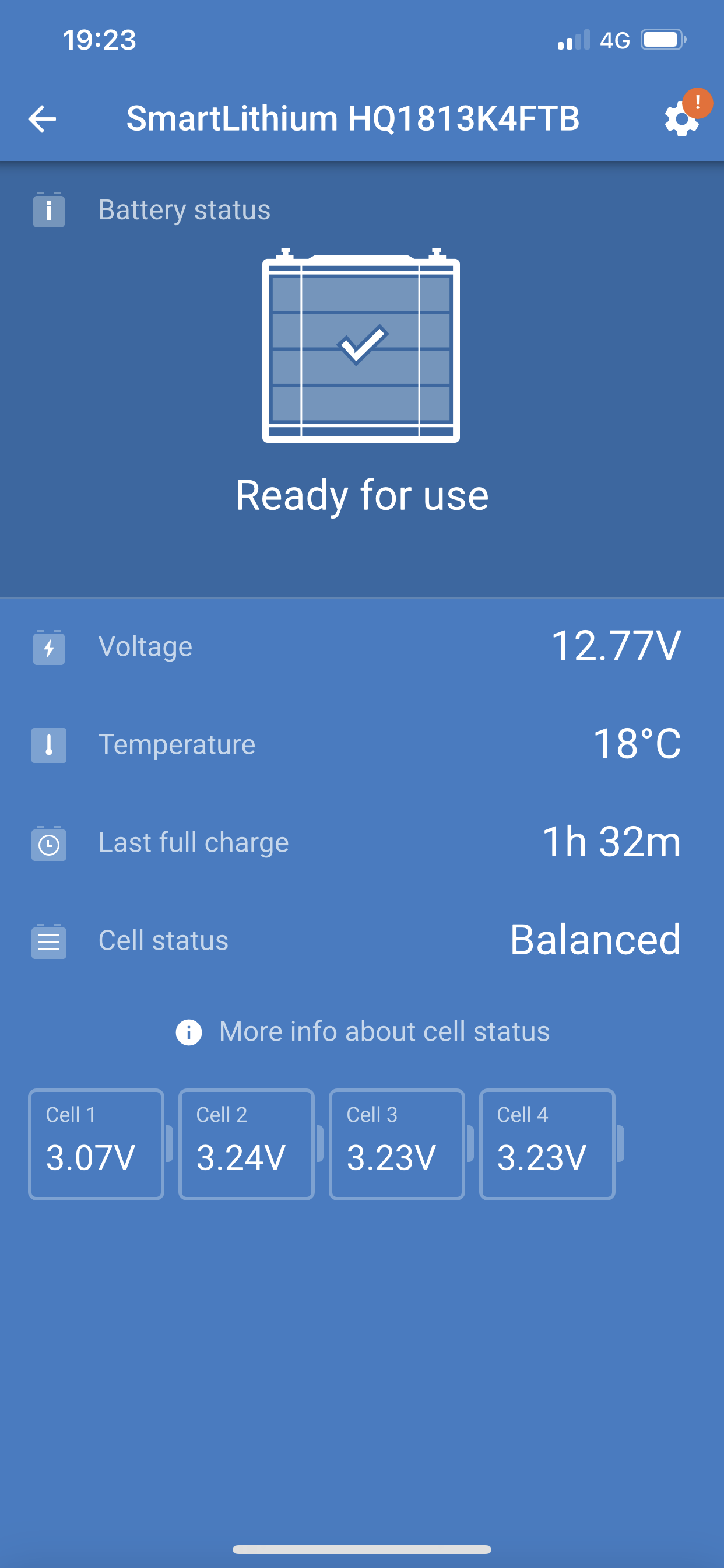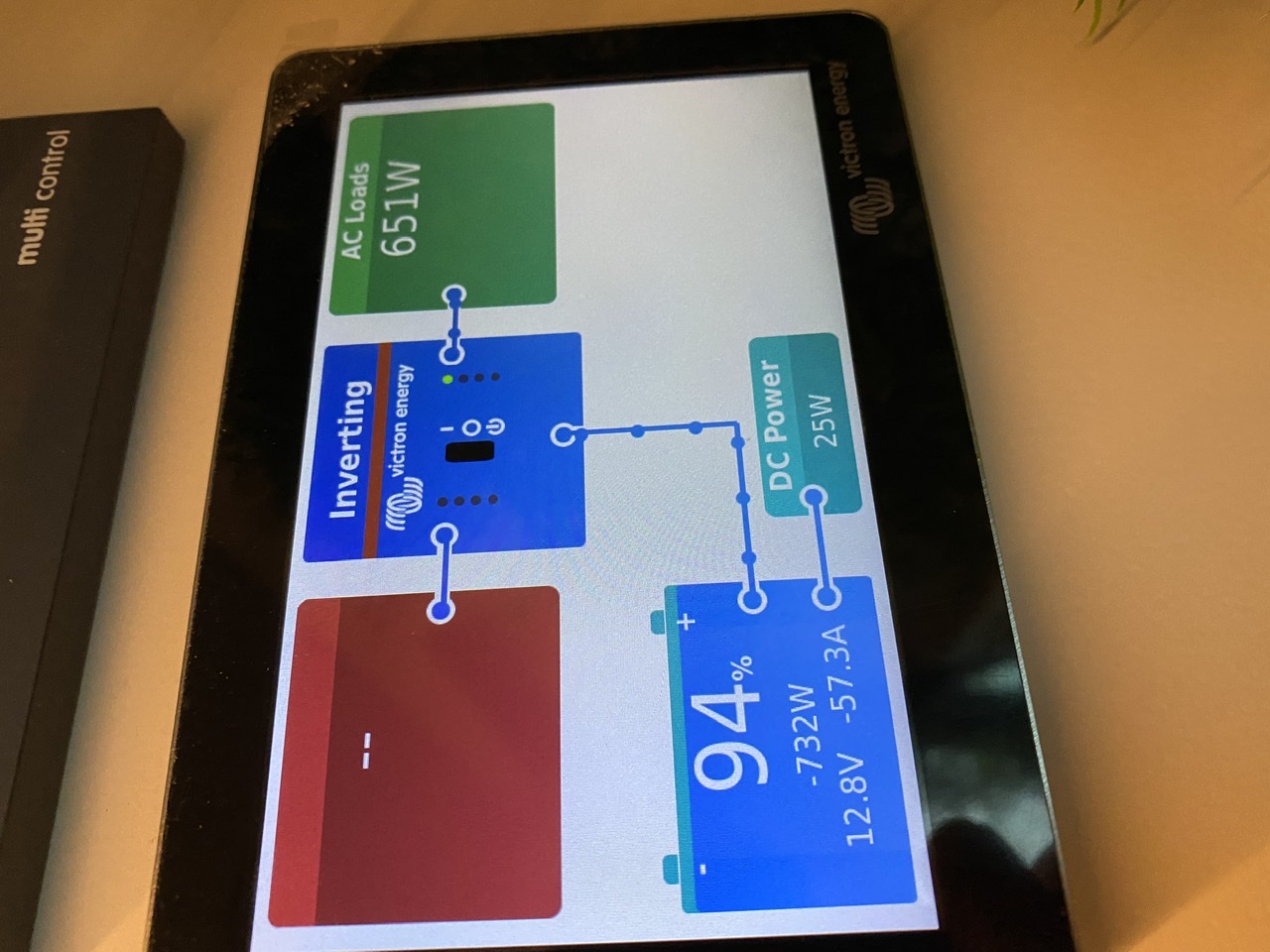Hi,
In my campervan I have two 200Ah smart lithium batteries connected in parallel. I also have a multiplus 3000 connected to provide 230V for an induction hob and electric boiler.
I’m noticing that when I have the cooktop on Cell 1 has a much lower voltage than the others and will cause an undervoltage shutdown even though the total SOC is between 70-80%. This is true for both batteries.


The voltage difference will be greater if the load increases. I try to keep the load under 1500W total. When I switch off the cooktop, all cells will have about the same voltage again, but the batteries will be imbalanced after one or two days of use.
It is inconvenient that I cannot use the full capacity and have to recharge/rebalance every other day.
Does anyone know why this happens and if there is a solution?
